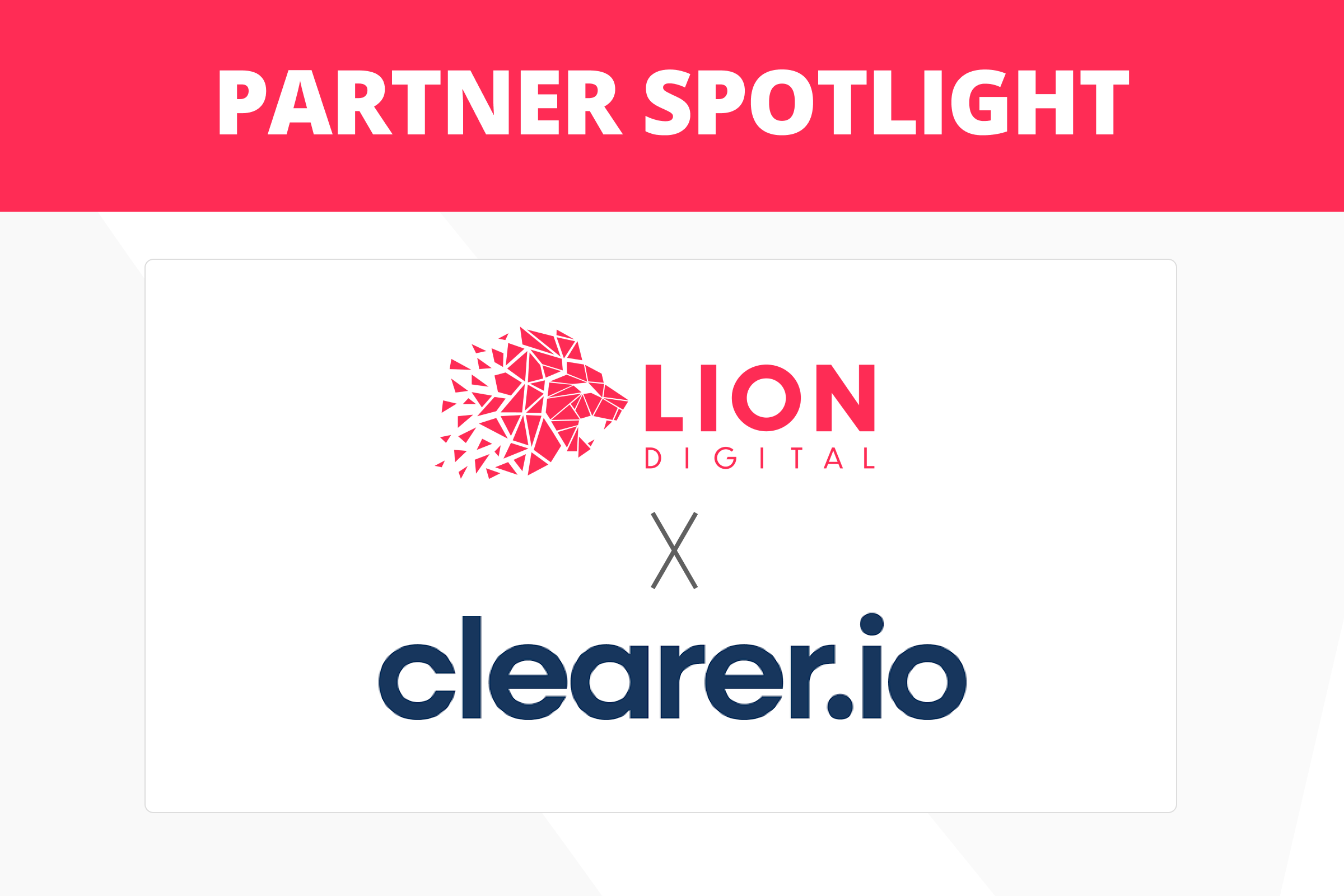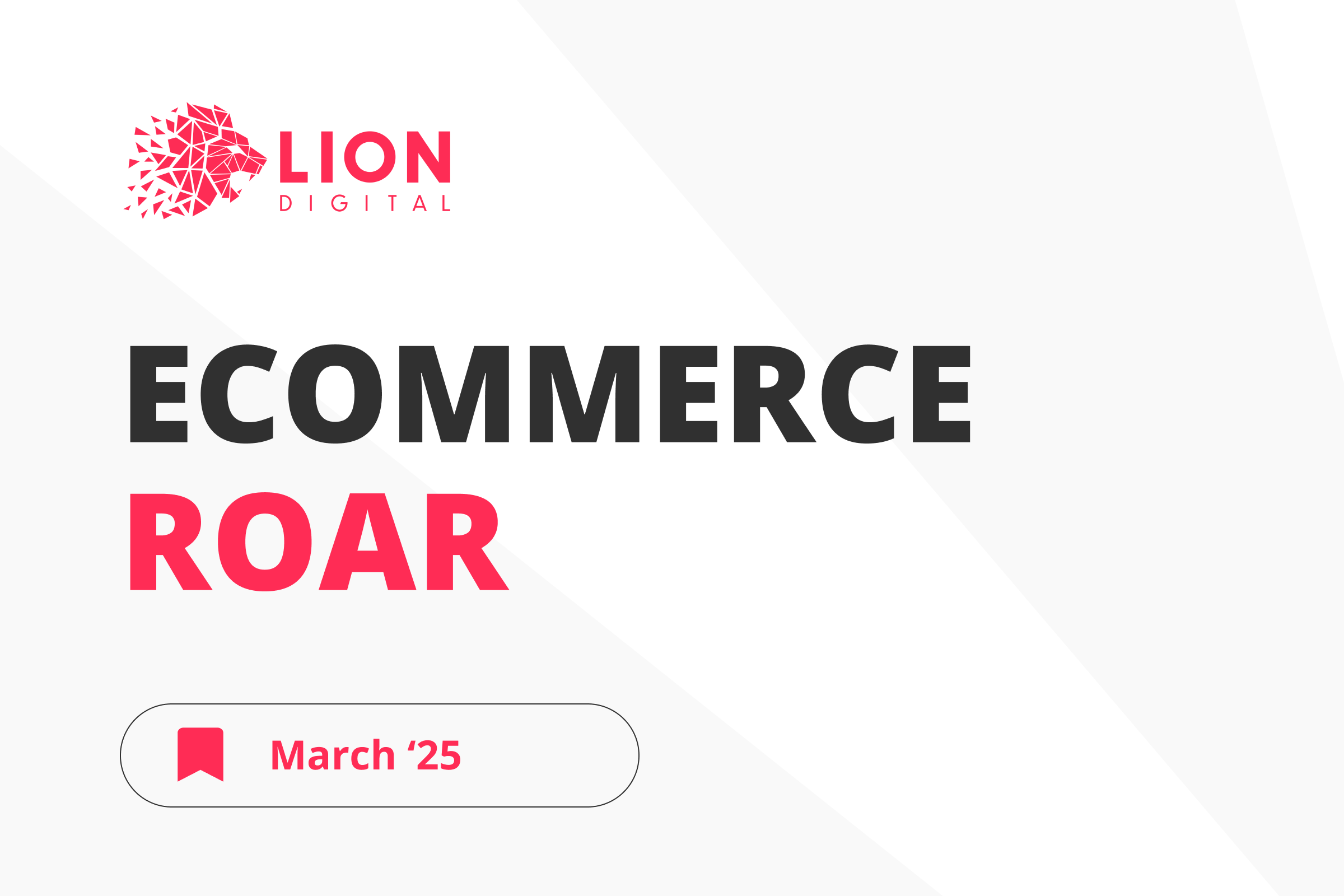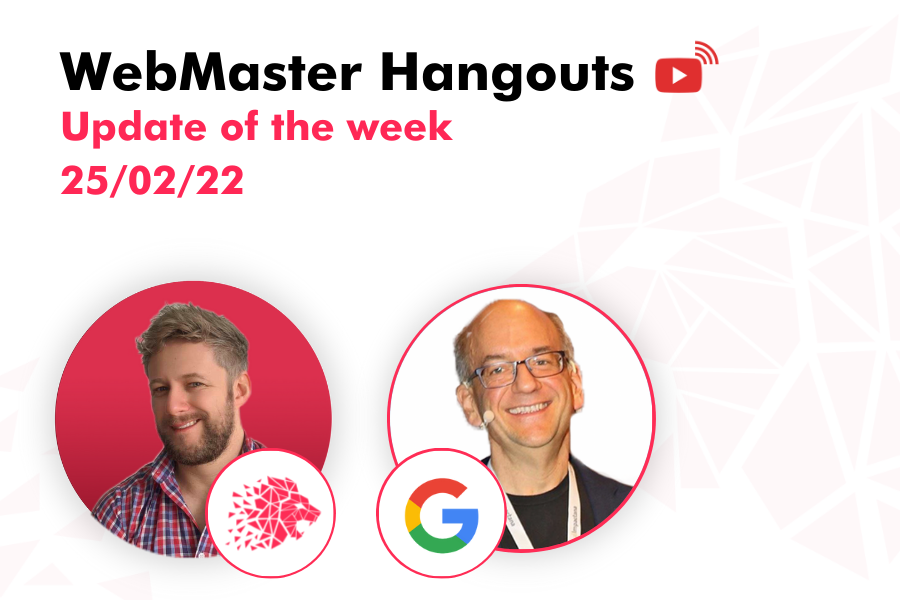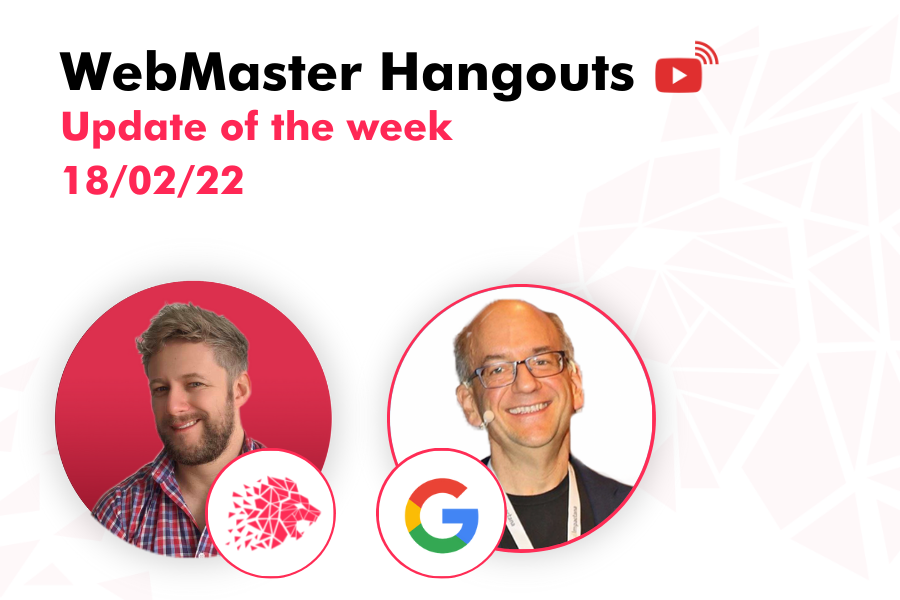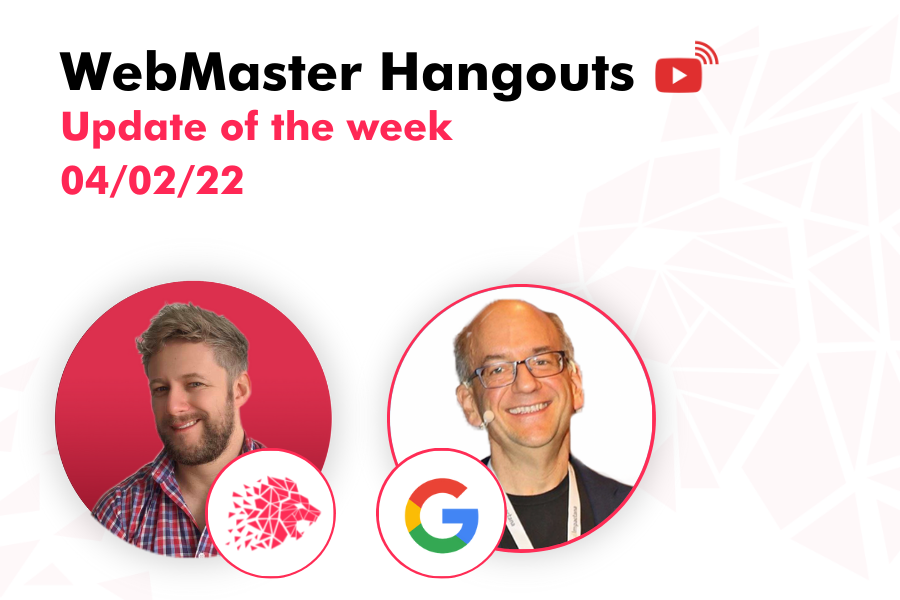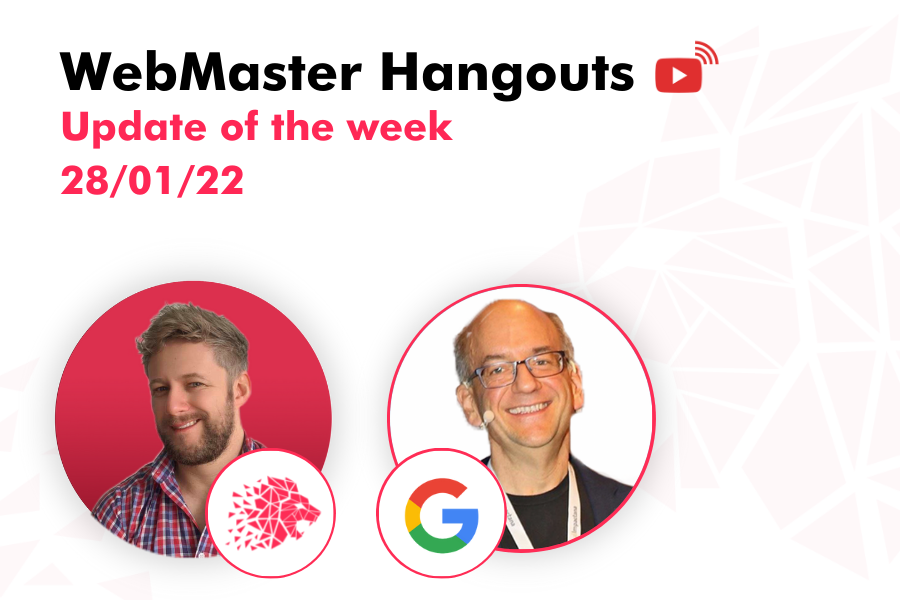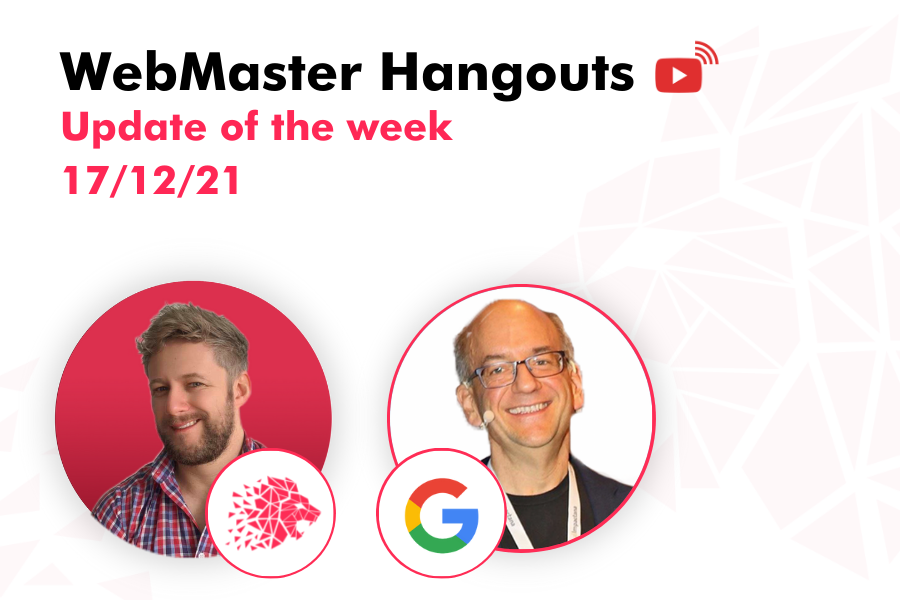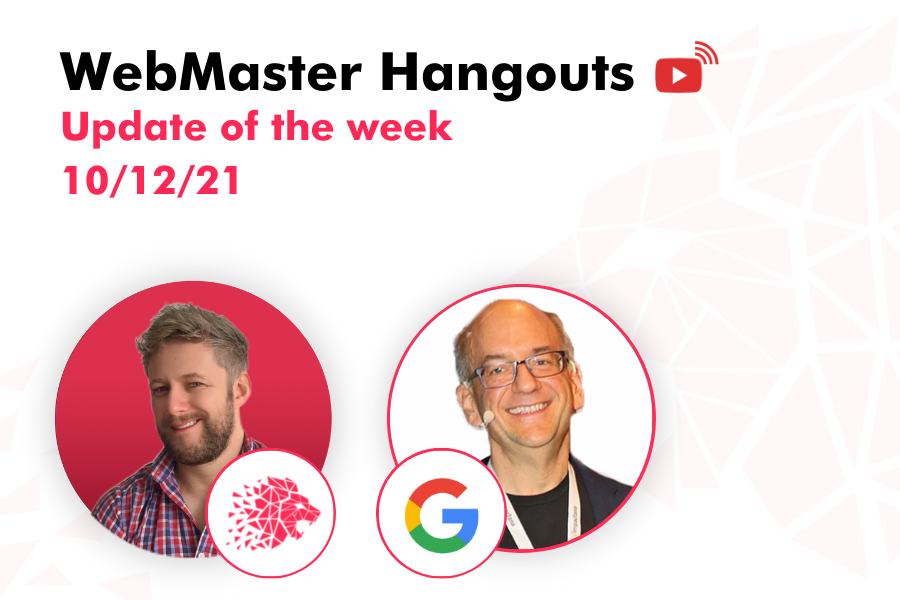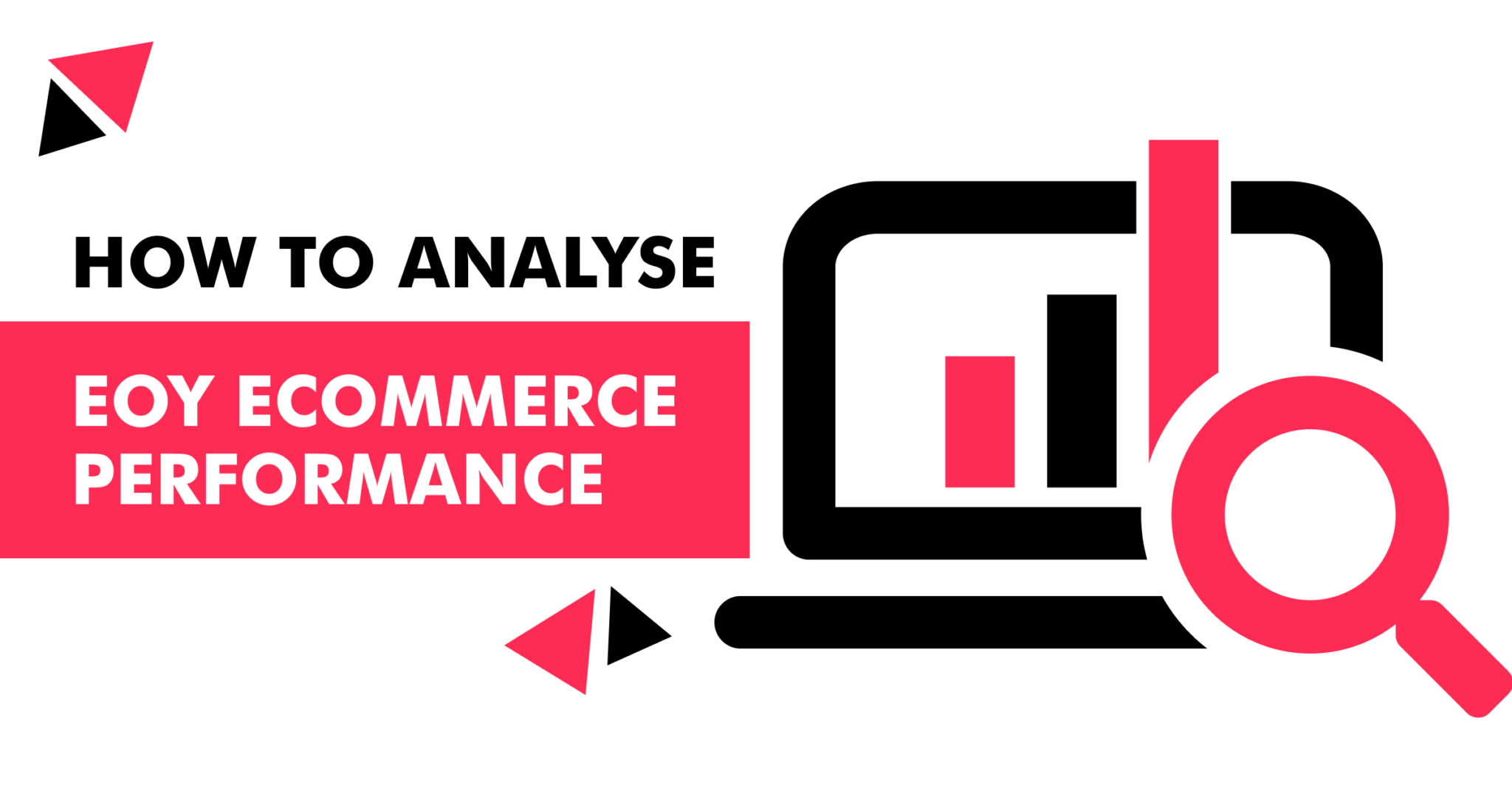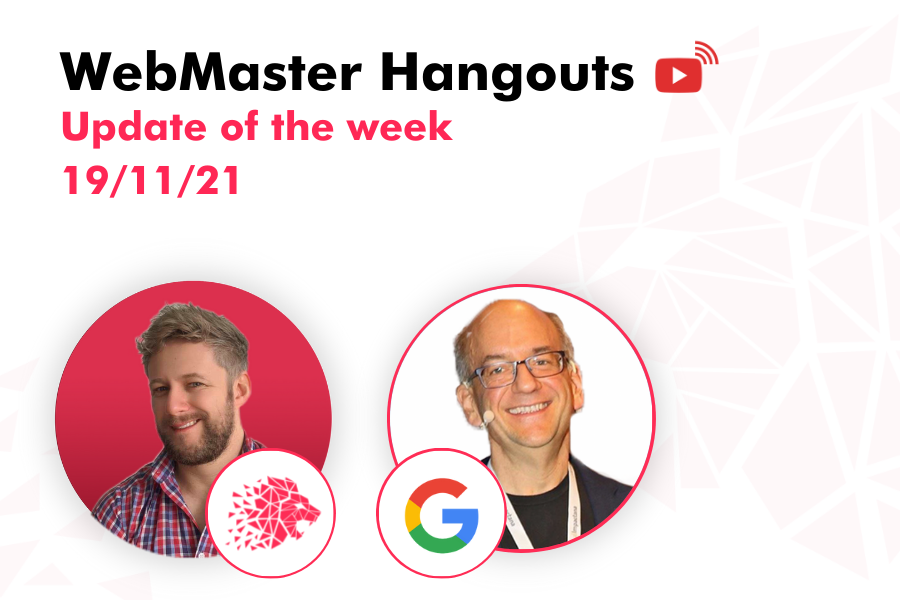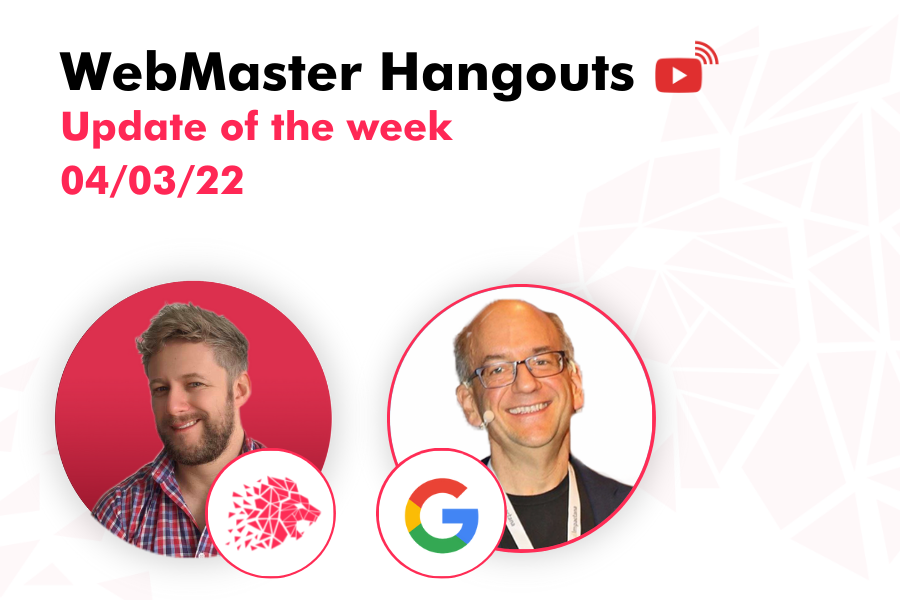
Content Project
Q. If I have content that is updated daily, like the rates of cryptocurrency or similar. What is the best way to do it? Is it to create a new article every day? Or is it to update existing articles daily, so the URL stays the same?
- (01:12) If you’re creating something new or if you are just updating something existing like if you have a page where you’re just updating the prices then you don’t need to make a new page for every price change that you make. You just update those prices. On the other hand, if you’re providing information then that feels like something that should live on a separate URL where people can go directly to that specific place of information. The advantage of keeping the same URL is that over time it builds a little bit more value and then people understand that it’s actually the place to go for this piece of information. For example, every day for a new price you would create a new page then if people search for, what is the current price for this product, then they’re going to find some of these, but it’s going to be unclear to us which one of them they should show. On the other hand, if you have one page, where you just update the current price, then we know, for the price, this is the page.
Heading Hierarchy
Q. Can Google separate the heading from the main content?
- (05:44) Usually, that should just work now. In HTML 5 there’s also an element that you can use for the header and footer. Within those elements, you can have your headings again essentially. Even from a semantic point of view, you could set that up properly. It should be possible and I don’t think it would cause any problem on Google’s side either way. What usually happens with these kinds of common elements is we can recognise them across the site because they’re more or less repeated across the site. Then we can try to de-emphasise them when it comes to Search because we realise it’s the same text on all of these pages. We will just pick one of these pages to rank essentially for the text in their footer section.
Testing Tools
Q. Google Search Console is throwing an error with this error in a required structured data element. But when I check the same on validator.schema.org, it does not show any warnings or any errors. So the first question is, is it the right site to check the AMP implementation of a web page? And if so, there is a contradiction. What should be the step over?
- (08:12) Testing tools are for slightly different purposes. That’s probably why you’re seeing that difference. The testing tool in schema.org is more about understanding schema.org markup in general.
Internal Links in the Footer Section
Q. Is it likely to be seen as problematic by Google because the links are not contextual?
- (09:49) Most parts that wouldn’t cause any problems. I would see this more as these are links on these pages. They’re normal internal links. For example, if you have a larger website and essentially every page is linked with every other page, there’s no real context there. So it’s hard for us to understand what the overall structure is, and which of these pages is more important. Because if you’re linking to everything, then it’s like everything is not important. So that’s the kind of element that I would watch out for. Whether or not they’re in the footer from my point of view is irrelevant. If they’re generated by a plug-in or added manually, I don’t think that matters either. I would just kind of watch out, from a structural overall, based on the requirements that schema.org has. And the testing tool in Search Console is focused purely on what we can pull out of the structured data and use to show in a search feature. It is really focused on the Search part of that story. And within Search, we only use a small part of the schema.org markup. And sometimes we have slightly different requirements that maybe we require a specific element more than the base schema.org markup would require.
Page Speed
Q. We did one experiment on our website, wherein we improved the page speed of our website like we moved from somewhere close to 30, and we are now at 45, 50 on our [INAUDIBLE] PageSpeed Insights score. And in the next couple of days, we saw a massive improvement in our ranks. So I just wonder, can this be like– this correlation, is there a possibility that it is true or there could be other external factors that can also be impacting so quickly in two days and we are seeing a jump?
- (11:05) The speed aspect is something that we have to pick up through the Chrome User Experience Report data and that takes a while to collect and to be aggregated. That’s not something you would see within a couple of days.
Sitemap
Q. When Googlebot crawls the site map in the server address, does it first crawl the submitted sitemaps in the backend, or does it go directly to our server?
- (12:11) We don’t crawl them at the same time. It’s not that there’s a specific order form. It’s more that for individual sitemap files we try to figure out how often they change and how often they give us useful information. And based on that, for individual files, we will crawl them at different rates. So it can happen that one in your Search Console account is crawled very frequently, but also one that you submit directly is crawled frequently, and maybe another in Search Console is crawled very infrequently. So it doesn’t depend on where you submit it.
Not Showing Up for Branded Keyword
Q. We’ve got two sites. One’s a global site and one’s Australia’s site. Suddenly we were the Australia site ranking for our branded term for our number one position for two, three months. And suddenly, in the last one week, it was replaced by the global website, .com website, for a couple of days. And I just wanted to understand why that could be the case?
- (18:50) It’s hard to know without looking at the sites. But, I mean, if these are two sites that are essentially part of the same bigger group, we can switch between which one we would show for a ranking like that. With annotations, you can give us a little bit more information on how you want us to treat that pair of pages. Geotargeting can help a little bit. But then, it can happen that we show a global version of a page in a country where you actually also have a local version of the page, perhaps just because the global version is so much stronger than the local version.
Category Pages Update
Q. We run an eCommerce website and we are now in a stage where we want to make major updates to our category pages. One draft wants—or in one draft we want to get rid of the product listings. So you have the product listing with the faceted search where you can filter for the products you are looking for. My question is when we remove the whole products listing of category pages would we have a disadvantage in the ranking because first of all the other competitors have these kinds of product listings? Second, my guess is this is such an established element like for eCommerce pages that the users expect something like this.
- (23:05) From an SEO point of view. I think there are different things you would want to watch out for, which probably you will so that we can still find all of the individual products that we have clean links to there. But if you’re just kind of redesigning this kind of a category page and making it look more like an informational page, I wouldn’t expect my problems with that. From Google’s point of view, you’re just changing the design.
Breadcrumb Setup
Q. If you have structured data for a breadcrumb is internal linking still important for SEO?
- (25:27) It’s something where internal linking is supercritical for SEO. I think it’s one of the biggest things that you can do on a website to kind of guide Google and guide visitors to the pages that you think are important. And what you think is important is totally up to you. You can decide to make things important where you earn the most money, or you can make things important where you’re the strongest competitor, or maybe you’re the weakest competitor. With internal linking, you can kind of focus things on those directions and those parts of your site. And that’s not something that you can just replace with structured data.
Multiple Product Schemas
Q. For product listing can we implement multiple product schemas on the product listing page?
- (30:01) From Google’s point of view I don’t think you should be doing that, at least the last time I checked the policies around structured data because for product structured data, we really want that to apply to the primary element of the page. And if you have multiple products on a page, it’s not that one of them is the primary element of the page. You should not use multiple products structured data elements on a category page or something like that.
Sitemap Renovate
Q. If we have a really huge website with millions of URLs, and, right now, we are currently—the sitemaps are being renovated. And our IT team is considering storing the new files, as in the new sitemap files, in our cloud service. That means from example.com/sitemaps to cloud.com/sitemaps, we are wondering, is that a problem if we store the sitemaps in the cloud? And if that’s not a problem, shall we also create a permanent redirect for the old URL for this example.com/sitemap, or how should we plan the move?
(47:13) It’s definitely possible to host the sitemap file somewhere also. There are two ways that you can do that. One is if you have both of those domains verified in Search Console, then that works. The other way is if you submit it with the robots.txt file, where you
specify the sitemap colon and then the URL of the sitemap. That can also go to a different domain. if you have a separate server where you’re creating sitemap files, or if you have a staging setup where it crawls and checks the files and then creates a sitemap file somewhere else, that would all work. I would also redirect the old sitemap file to the new location just to be clean, but probably even if you just delete the old sitemap URL and make sure to submit the new one properly, then that should just work. What might be a little bit tricky.
Sign up for our Webmaster Hangouts today!




